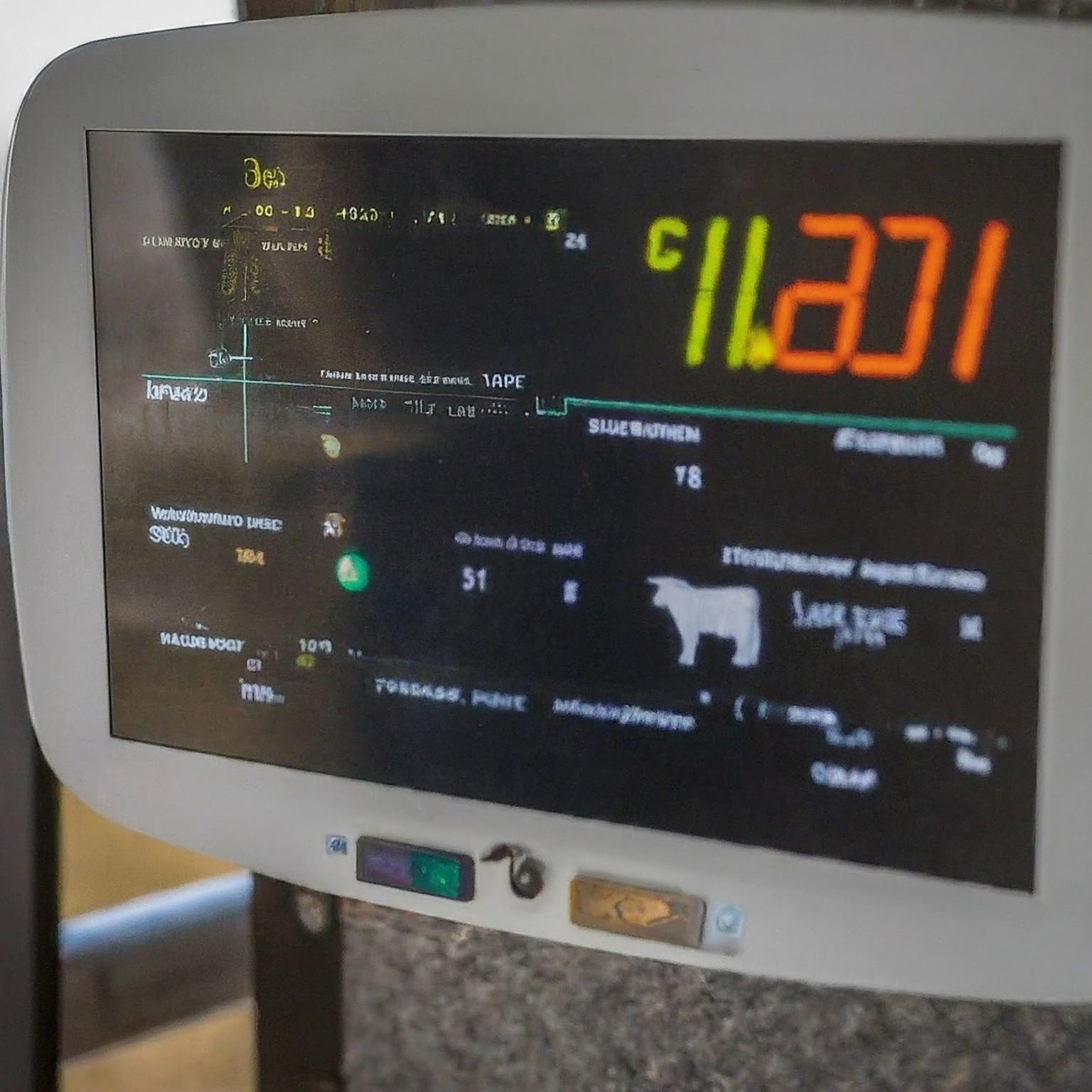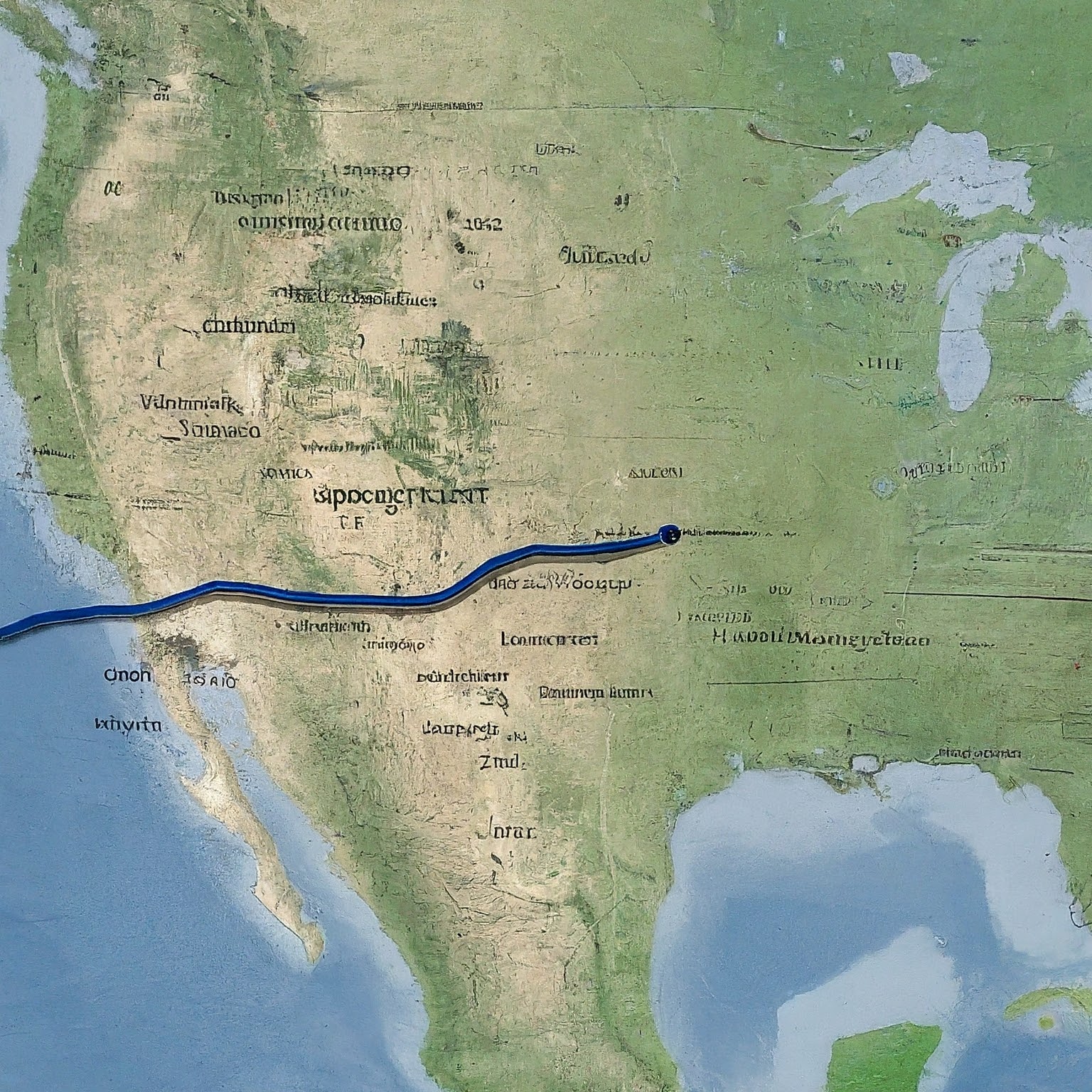Author Introduction
Dr. Sarah Carter is a seasoned veterinarian with over 15 years of experience in animal health and disease prevention. She is passionate about biosecurity and works extensively with farmers and policymakers to develop best practices for animal transport.
The Hidden Risks of Long-Distance Livestock Transport
The global demand for meat, dairy, and other livestock products has fueled a rise in long-distance animal transport. While this practice allows for increased efficiency and access to new markets, it also harbors a hidden danger: the potential for widespread pathogen dispersal.
Livestock can carry a variety of infectious diseases, some of which can be silent with no outward signs of illness in the animals themselves. During long journeys, stress, close confinement, and exposure to unfamiliar environments can weaken animals’ immune systems, making them more susceptible to shedding pathogens or becoming infected with new ones.
Pathogen Powerhouse: How Animals Spread Disease on the Road
Livestock can disperse pathogens in several ways during transport:
- Direct Contact: Diseased animals can directly transmit pathogens to healthy animals through close contact during transport.
- Aerosols: Coughing, sneezing, and even breathing can release pathogens into the air, which can then be inhaled by other animals on the truck or trailer.
- Contaminated Manure: Manure can harbor a variety of pathogens and can easily contaminate vehicles, bedding, and feeding areas, potentially infecting subsequent groups of animals.
The risk of pathogen dispersal increases with the distance traveled, the number of animals transported, and the types of animals being transported together.

Protecting Your Herd and the Industry: Biosecurity on the Hoof
Farmers and animal transporters can significantly reduce the risk of pathogen dispersal by implementing robust biosecurity practices:
- Pre-Transport Health Checks: Ensure all animals are healthy and free from disease before transport.
- Cleaning and Disinfection: Thoroughly clean and disinfect vehicles and transport containers before and after each use.
- Minimizing Travel Time: Plan routes to minimize travel time and ensure adequate rest periods for animals.
- Biosecurity at Destination: Have proper cleaning and disinfection protocols in place at the receiving facility.
Table 1: Biosecurity Measures for Long-Distance Livestock Transport
| Biosecurity Measure | Description |
|---|---|
| Pre-transport health checks | Veterinarian examines animals for signs of illness. |
| Cleaning and disinfection | Vehicles and containers are thoroughly cleaned and disinfected with appropriate products. |
| Minimizing travel time | Routes are planned to reduce travel time and stress on animals. |
| Biosecurity at destination | Receiving facilities have cleaning and disinfection protocols to prevent pathogen introduction. |
By adopting these measures, farmers and transporters can protect their own herds, prevent the introduction of diseases into new regions, and safeguard the overall health of the livestock industry.
Staying informed: Working closely with veterinarians and animal health officials to stay updated on current disease threats and best practices is crucial.
Government Regulations: Keeping Pathogens in Check
Many governments have regulations in place to govern animal transport and prevent the spread of disease. These regulations may include:
- Requirements for health certificates and permits.
- Restrictions on the movement of animals during disease outbreaks.
- Specifications for vehicle sanitation and biosecurity practices.
Understanding and adhering to these regulations is essential for ensuring the safe and healthy transport of livestock.
Working Together: A Collaborative Approach to Disease Prevention
Effective disease prevention requires collaboration between farmers, animal transporters, veterinarians, and policymakers. By sharing information, developing best practices, and continuously improving biosecurity protocols, we can significantly reduce the risk of pathogen dispersal during long-distance transport.
The Road Ahead: Innovation and Technology for Safer Transport
New technologies are emerging that can further enhance biosecurity during transport. These include:
- GPS tracking systems to monitor animal movement and identify potential disease outbreaks.
- Sensors that monitor animal health parameters like temperature and respiration during transport.
- Disinfectant fogging systems for vehicles to improve sanitation.
Investing in these innovative technologies can significantly improve biosecurity during long-distance livestock transport. However, it’s important to ensure these tools are accessible and affordable for all stakeholders in the industry.
Conclusion: Safeguarding Animal Health, One Mile at a Time
Long-distance livestock transport is a vital part of the global food system. By implementing strong biosecurity practices, adhering to regulations, and embracing new technologies, we can ensure the safe and healthy transport of animals, minimize the risk of pathogen dispersal, and protect animal health, one mile at a time.




